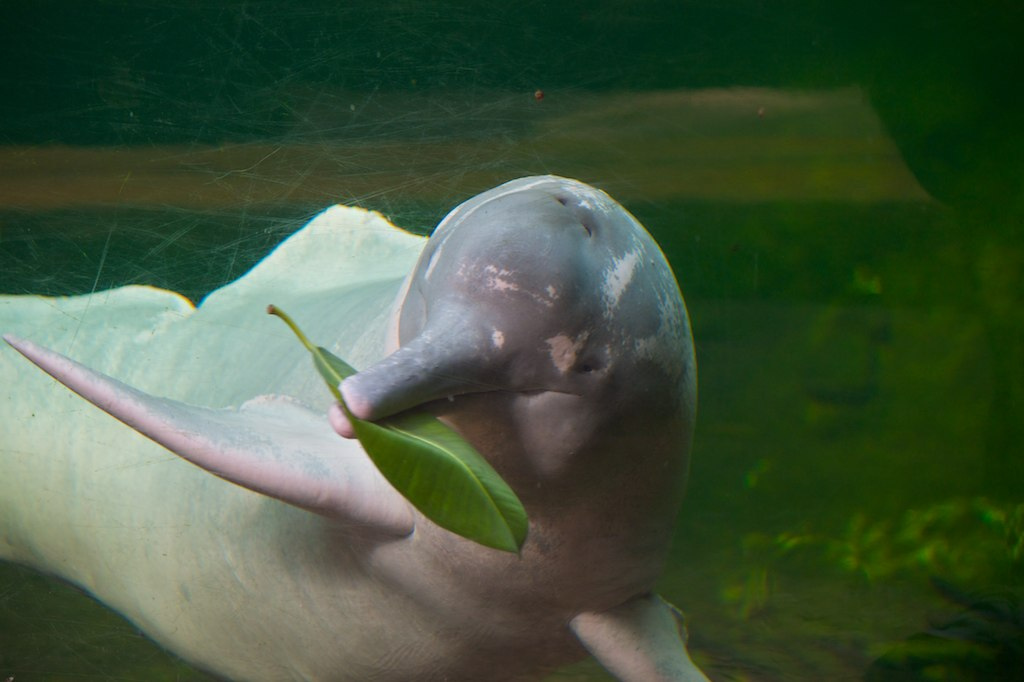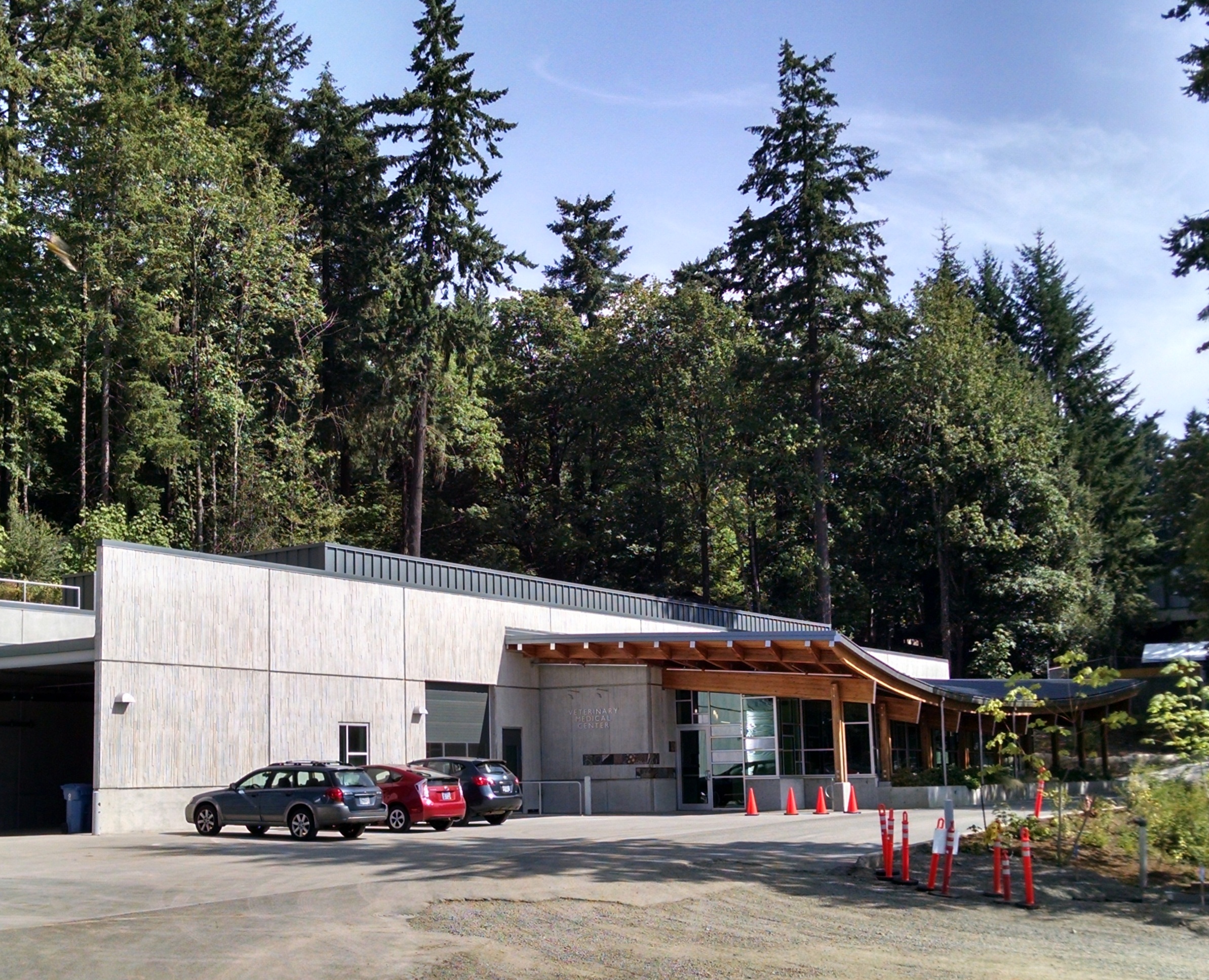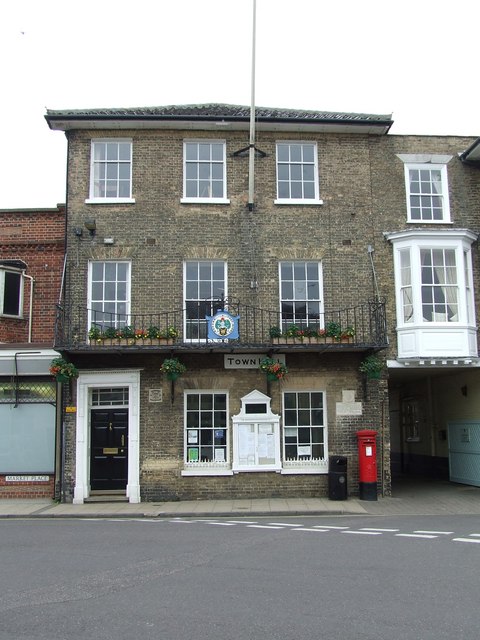|
Aquatic Mammals
Aquatic and semiaquatic mammals are a diverse group of mammals that dwell partly or entirely in bodies of water. They include the various marine mammals who dwell in oceans, as well as various freshwater species, such as the European otter. They are not a taxon and are not unified by any distinct biological grouping, but rather their dependence on and integral relation to aquatic ecosystems. The level of dependence on aquatic life varies greatly among species. Among freshwater taxa, the Amazonian manatee and river dolphins are completely aquatic and fully dependent on aquatic ecosystems. Semiaquatic freshwater taxa include the Baikal seal, which feeds underwater but rests, molts, and breeds on land; and the capybara and hippopotamus which are able to venture in and out of water in search of food. Mammal adaptation to an aquatic lifestyle vary considerably between species. River dolphins and manatees are both fully aquatic and therefore are completely tethered to a life in the wa ... [...More Info...] [...Related Items...] OR: [Wikipedia] [Google] [Baidu] |
Amazon River Dolphin
The Amazon river dolphin (''Inia geoffrensis''), also known as the boto, bufeo or pink river dolphin, is a species of toothed whale classified in the family Iniidae. Three subspecies are currently recognized: ''I. g. geoffrensis'' (Amazon river dolphin), ''I. g. boliviensis'' (Bolivian river dolphin) and ''I. g. humboldtiana'' (Orinoco river dolphin) while position of Araguaian river dolphin (''I. araguaiaensis'') within the clade is still unclear. The three subspecies are distributed in the Amazon basin, the upper Madeira River in Bolivia, and the Orinoco basin, respectively. The Amazon river dolphin is the largest species of river dolphin, with adult males reaching in weight, and in length. Adults acquire a pink color, more prominent in males, giving it its nickname "pink river dolphin". Sexual dimorphism is very evident, with males measuring 16% longer and weighing 55% more than females. Like other toothed whales, they have a melon, an organ that is used for bio sonar. Th ... [...More Info...] [...Related Items...] OR: [Wikipedia] [Google] [Baidu] |
Bycatch
Bycatch (or by-catch), in the fishing industry, is a fish or other marine species that is caught unintentionally while fishing for specific species or sizes of wildlife. Bycatch is either the wrong species, the wrong sex, or is undersized or juveniles of the target species. The term "bycatch" is also sometimes used for untargeted catch in other forms of animal harvesting or collecting. Non-marine species (freshwater fish not saltwater fish) that are caught (either intentionally or unintentionally) but regarded as generally "undesirable" are referred to as " rough fish" (mainly US) and " coarse fish" (mainly UK). In 1997, the Organisation for Economic Co-operation and Development (OECD) defined bycatch as "total fishing mortality, excluding that accounted directly by the retained catch of target species". Bycatch contributes to fishery decline and is a mechanism of overfishing for unintentional catch. The average annual bycatch rate of pinnipeds and cetaceans in the US from 1 ... [...More Info...] [...Related Items...] OR: [Wikipedia] [Google] [Baidu] |
Memphis Zoo
The Memphis Zoo, located in Midtown, Memphis, Tennessee, United States, is home to more than 3,500 animals representing over 500 different species. Created in April 1906, the zoo has been a major tenant of Overton Park for more than 100 years. The land currently designated to the Memphis Zoo was defined by the Overton Park master plan in 1888, it is owned by the City of Memphis. The zoo is set on , of which approximately are developed. In 2008, the Memphis Zoo was ranked "#1 Zoo in the U.S." by TripAdvisor. The ranking was based on visitor opinions. Since the early 1990s, the Memphis Zoo has invested over $77 million for renovation and expansion. The zoo's animal inhabitants reside in three zones with 19 exhibits, such as ''Teton Trek'', ''Northwest Passage'' and ''China'', home to giant pandas Ya Ya and Le Le The Memphis Zoo is an accredited member of the Association of Zoos and Aquariums (AZA). History ;Early 1900s The zoo was established on April 4, 1906, with $1,200 ... [...More Info...] [...Related Items...] OR: [Wikipedia] [Google] [Baidu] |
Sydney Aquarium
SEA LIFE Sydney Aquarium (formerly Sydney Aquarium) is a public aquarium that features a large variety of Australian aquatic life, displaying more than 700 species comprising more than 13,000 individual fish and other sea and water creatures from most of Australia's water habitats. Opened in 1988, it is regarded as one of Sydney's premier tourist attractions with over 55% of its visitors each year coming from overseas. The aquarium features 14 themed zones including Jurassic Seas, Discovery Rockpool, Shark Walk, and the world's largest Great Barrier Reef display. Along the way, visitors encounter animals unique to each habitat, including one of only four dugongs on display in the world, sharks, stingrays, penguins and tropical fish, among others. It is a public aquarium located in the city of Sydney, New South Wales, Australia. It is located on the eastern (city) side of Darling Harbour to the north of the Pyrmont Bridge. It is a full institutional member of the Zoo and A ... [...More Info...] [...Related Items...] OR: [Wikipedia] [Google] [Baidu] |
Platypus
The platypus (''Ornithorhynchus anatinus''), sometimes referred to as the duck-billed platypus, is a semiaquatic, egg-laying mammal endemic to eastern Australia, including Tasmania. The platypus is the sole living representative or monotypic taxon of its family ( Ornithorhynchidae) and genus (''Ornithorhynchus''), though a number of related species appear in the fossil record. Together with the four species of echidna, it is one of the five extant species of monotremes, mammals that lay eggs instead of giving birth to live young. Like other monotremes, it senses prey through electrolocation. It is one of the few species of venomous mammals, as the male platypus has a spur on the hind foot that delivers a venom, capable of causing severe pain to humans. The unusual appearance of this egg-laying, duck-billed, beaver-tailed, otter-footed mammal baffled European naturalists when they first encountered it, and the first scientists to examine a preserved platypus ... [...More Info...] [...Related Items...] OR: [Wikipedia] [Google] [Baidu] |
Capybara
The capybaraAlso called capivara (in Brazil), capiguara (in Bolivia), chigüire, chigüiro, or fercho (in Colombia and Venezuela), carpincho (in Argentina, Paraguay and Uruguay) and ronsoco (in Peru). or greater capybara (''Hydrochoerus hydrochaeris'') is a giant cavy rodent native to South America. It is the largest living rodent and a member of the genus '' Hydrochoerus''. The only other extant member is the lesser capybara (''Hydrochoerus isthmius''). Its close relatives include guinea pigs and rock cavies, and it is more distantly related to the agouti, the chinchilla, and the nutria. The capybara inhabits savannas and dense forests, and lives near bodies of water. It is a highly social species and can be found in groups as large as 100 individuals, but usually live in groups of 10–20 individuals. The capybara is hunted for its meat and hide and also for grease from its thick fatty skin. It is not considered a threatened species. Etymology Its common name is deriv ... [...More Info...] [...Related Items...] OR: [Wikipedia] [Google] [Baidu] |
Oregon Zoo
The Oregon Zoo, originally the Portland Zoo and later the Washington Park Zoo, is a zoo located in Washington Park, Portland, Oregon, approximately southwest of downtown Portland. Founded in 1888, it is the oldest zoo west of the Mississippi River. The zoo is owned by the regional Metro government. It currently holds more than 1,800 animals of more than 230 species, including 19 endangered species and 9 threatened species. The zoo also boasts an extensive plant collection throughout its animal exhibits and specialized gardens. The zoo also operates and maintains the narrow gauge Washington Park & Zoo Railway that previously connected to the International Rose Test Garden inside the park, but currently runs only within the zoo. The Oregon Zoo is Oregon's largest paid and arguably most popular visitor attraction, with more than 1.6 million visitors in 2016. The zoo is a member of the Association of Zoos and Aquariums, and the World Association of Zoos and Aquariums. Histo ... [...More Info...] [...Related Items...] OR: [Wikipedia] [Google] [Baidu] |
North American River Otter
The North American river otter (''Lontra canadensis''), also known as the northern river otter and river otter, is a semiaquatic mammal that only lives on the North American continent, along its waterways and coasts. An adult North American river otter can weigh between . The river otter is protected and insulated by a thick, water-repellent coat of fur. The North American river otter, a member of the subfamily Lutrinae in the weasel family (Mustelidae), is equally versatile in the water and on land. It establishes a burrow close to the water's edge in river, lake, swamp, coastal shoreline, tidal flat, or estuary ecosystems. The den typically has many tunnel openings, one of which generally allows the otter to enter and exit the body of water. Female North American river otters give birth in these burrows, producing litters of one to six young. North American river otters, like most predators, prey upon the most readily accessible species. Fish is a favored food among the otte ... [...More Info...] [...Related Items...] OR: [Wikipedia] [Google] [Baidu] |
Suffolk
Suffolk () is a ceremonial county of England in East Anglia. It borders Norfolk to the north, Cambridgeshire to the west and Essex to the south; the North Sea lies to the east. The county town is Ipswich; other important towns include Lowestoft, Bury St Edmunds, Newmarket, and Felixstowe which has one of the largest container ports in Europe. The county is low-lying but can be quite hilly, especially towards the west. It is also known for its extensive farming and has largely arable land with the wetlands of the Broads in the north. The Suffolk Coast & Heaths and Dedham Vale are both nationally designated Areas of Outstanding Natural Beauty. History Administration The Anglo-Saxon settlement of Suffolk, and East Anglia generally, occurred on a large scale, possibly following a period of depopulation by the previous inhabitants, the Romanised descendants of the Iceni. By the fifth century, they had established control of the region. The Anglo-Saxon inhabitan ... [...More Info...] [...Related Items...] OR: [Wikipedia] [Google] [Baidu] |
Southwold
Southwold is a seaside town and civil parish on the English North Sea coast in the East Suffolk district of Suffolk. It lies at the mouth of the River Blyth within the Suffolk Coast and Heaths Area of Outstanding Natural Beauty. The town is about south of Lowestoft, north-east of Ipswich and north-east of London, within the parliamentary constituency of Suffolk Coastal. The "All Usual Residents" 2011 Census figure gives a total of 1,098 persons for the town. The 2012 Housing Report by the Southwold and Reydon Society concluded that 49 per cent of the dwellings are used as second homes or let to holiday-makers. History Southwold was mentioned in ''Domesday Book'' (1086) as a fishing port, and after the "capricious River Blyth withdrew from Dunwich in 1328, bringing trade to Southwold in the 15th century", it received its town charter from Henry VII in 1489. The grant of the charter is marked by the annual Trinity Fair, when it is read out by the Town Clerk. Over followi ... [...More Info...] [...Related Items...] OR: [Wikipedia] [Google] [Baidu] |
Eurasian Otter
The Eurasian otter (''Lutra lutra''), also known as the European otter, Eurasian river otter, common otter, and Old World otter, is a semiaquatic mammal native to Eurasia. The most widely distributed member of the otter subfamily (Lutrinae) of the weasel family (Mustelidae), it is found in the waterways and coasts of Europe, many parts of Asia, and parts of northern Africa. The Eurasian otter has a diet mainly of fish, and is strongly territorial. It is endangered in some parts of its range, but is recovering in others. Description The Eurasian otter is a typical species of the otter subfamily. Brown above and cream below, these long, slender creatures are well-equipped for their aquatic habits. Their bones show osteosclerosis, increasing their density to reduce buoyancy. This otter differs from the North American river otter by its shorter neck, broader visage, the greater space between the ears and its longer tail. However, the Eurasian otter is the only otter in much of its ... [...More Info...] [...Related Items...] OR: [Wikipedia] [Google] [Baidu] |
Duisburg Zoo
The Duisburg Zoo, founded on 12 May 1934, is one of the largest zoological gardens in Germany. It is especially well known for its dolphinarium and, since 1994, for breeding koalas. Far less well known are the breeding successes in other areas, for example, with fossas (carnivorous mammals from Madagascar) and red river hogs. The zoo is located in the northern part of the Duisburg urban forest on the border with Mülheim on the Ruhr. Federal highway A 3 divides the zoo into western and an eastern parts, which are joined by a leafy country bridge. The highway is scarcely noticeable to the visitors. History The Duisburg Zoo was founded in 1934 as the ''Duisburg-Hamborner Tierpark am Kaiserberg''. In 1936, the zoo began to grow from a small animal park with its first (loaned) elephant. With the beginning of World War II in 1939, the zoo had to be closed. Only in 1946 was the zoo re-opened with animals loaned from the Hellabrunn Zoo in Munich. In 1952, the zoo could register th ... [...More Info...] [...Related Items...] OR: [Wikipedia] [Google] [Baidu] |




.jpg)
._First_Description_1799.jpg)




